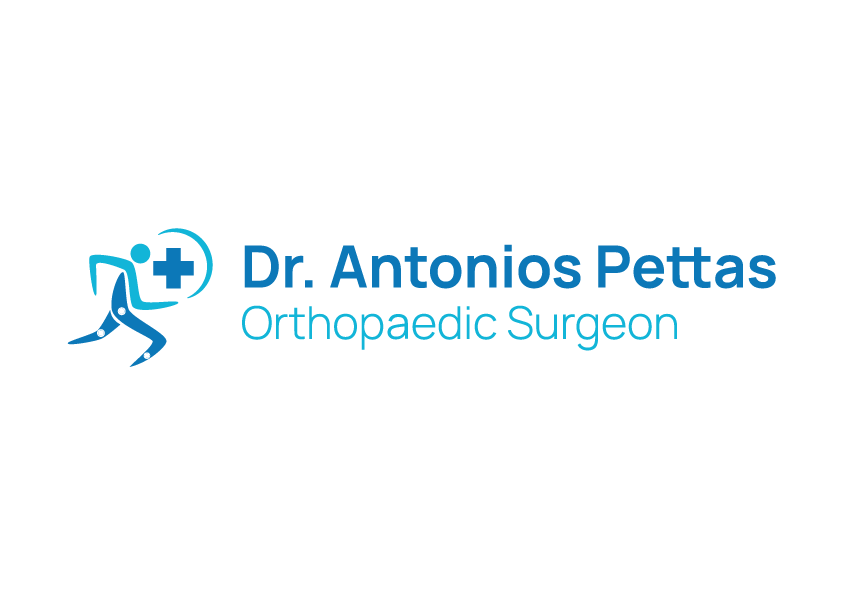Haglund’s deformity was first described by Patrick Haglund in 1927. It is a disorder of the posterior surface of the heel, where there is bony swelling in the region of the Achilles tendon insertion. The adjacent soft molecules may become irritated when this bony swelling is rubbed against rigid shoes. It often leads to posterior bursitis and Achilles tendon bursitis. This combination of pathology is known as Haglund’s syndrome.
Causes of Haglund’s deformity
Although it is a very common clinical entity, it is still poorly understood. Several possible causes have been suggested, including tight Achilles tendon, high arch of the foot and heredity. Predisposing factors also include:
Excessive training in runners
Tight or poorly fitted shoes
Disturbance of the biomechanics of the foot joints
In addition, mechanical irritation is believed to cause inflammation and fluid collection in the posterior serous bursa. This results in calcium accumulation in the heel bone.
What are the symptoms of Haglund’s deformity?
It is characterized by pain in the back of the heel, which is worse after rest. Patients also complain of lameness, swelling and swelling in the area. It is important to note that it usually affects middle-aged people, women more than men and is often bilateral.
How is the diagnosis made?
Diagnosis is based on the clinical picture and imaging tests. On clinical examination, a painful, red and hot swelling on the back of the heel is observed. On lateral radiographs there is bony prominence and calcification at the back of the heel in the region of the Achilles tendon insertion. Subsequent MRI scans show a bony spur impinging on the Achilles tendon, a collection in the posterior pouch and swelling around the tendon.
How is it treated?
Conservative treatment
Haglund’s deformity is often treated conservatively by increasing the height of the heel or adding sub-wing soles to the shoes. In case of severe pain, a special shin splints can also be used. In addition, they are likely to provide relief and therapy:
Ice therapy
Achilles tendon stretches
The administration of anti-inflammatory drugs
Local injection of steroids
In addition, the use of percussive ultrasound has also shown positive results.
Surgical Options
If conservative treatment is not effective after 6 months, then surgical options are applied. These options include posterior decompression, excision of the exostosis or osteotomy. Depending on the type of lesion, surgery can be performed with a small incision or arthroscopically. However, inadequate removal of the exostosis may lead to the recurrence of symptoms. After the operation, a splint is applied and the stitches are removed in 2 weeks. Loading of the operated limb is allowed after 3 weeks. A special shoe may be applied for a further 6 weeks. A special programme of exercises, active plantar flexion and dorsiflexion is then applied.
Complications of surgery include:
rupture of the Achilles tendon
Persistent pain of the heel
Dissection of the surgical wound
Nerve damage
As a precaution, tight, hard shoes, running on hard and uphill surfaces and stretching the Achilles tendon before running should be avoided.
It is therefore clear that specialised knowledge is required to treat Haglund’s deformity. Orthopedic Surgeon Antonios Pettas has many years of experience with a high success rate of procedures. Watch the video below of a patient’s experience with this condition and contact him for a personalized treatment and rehabilitation plan.



